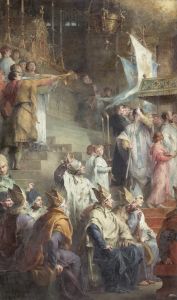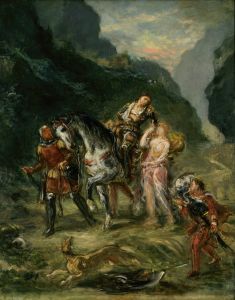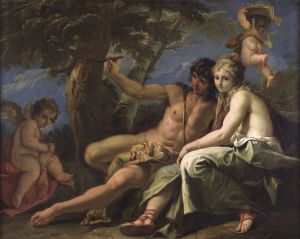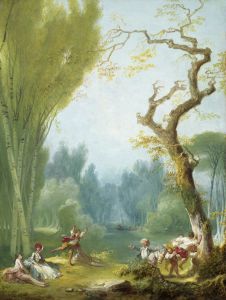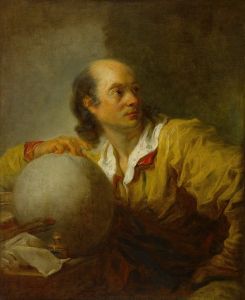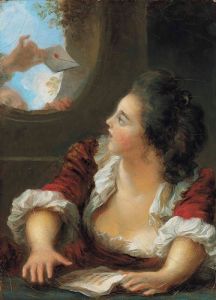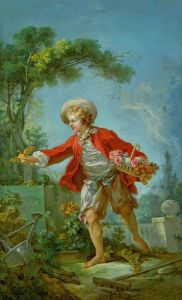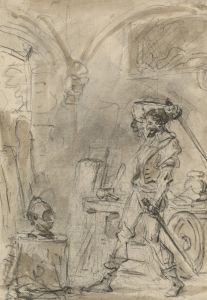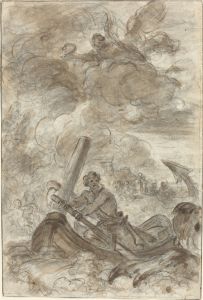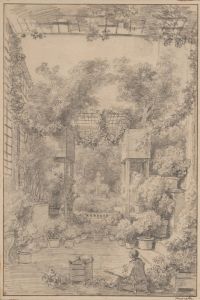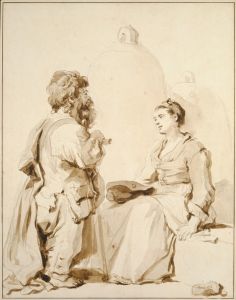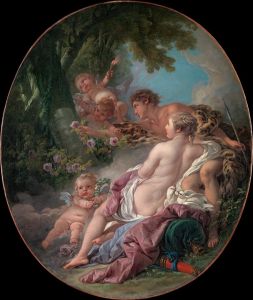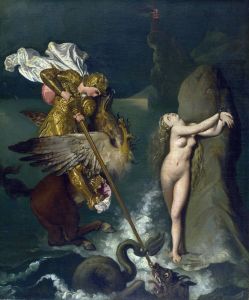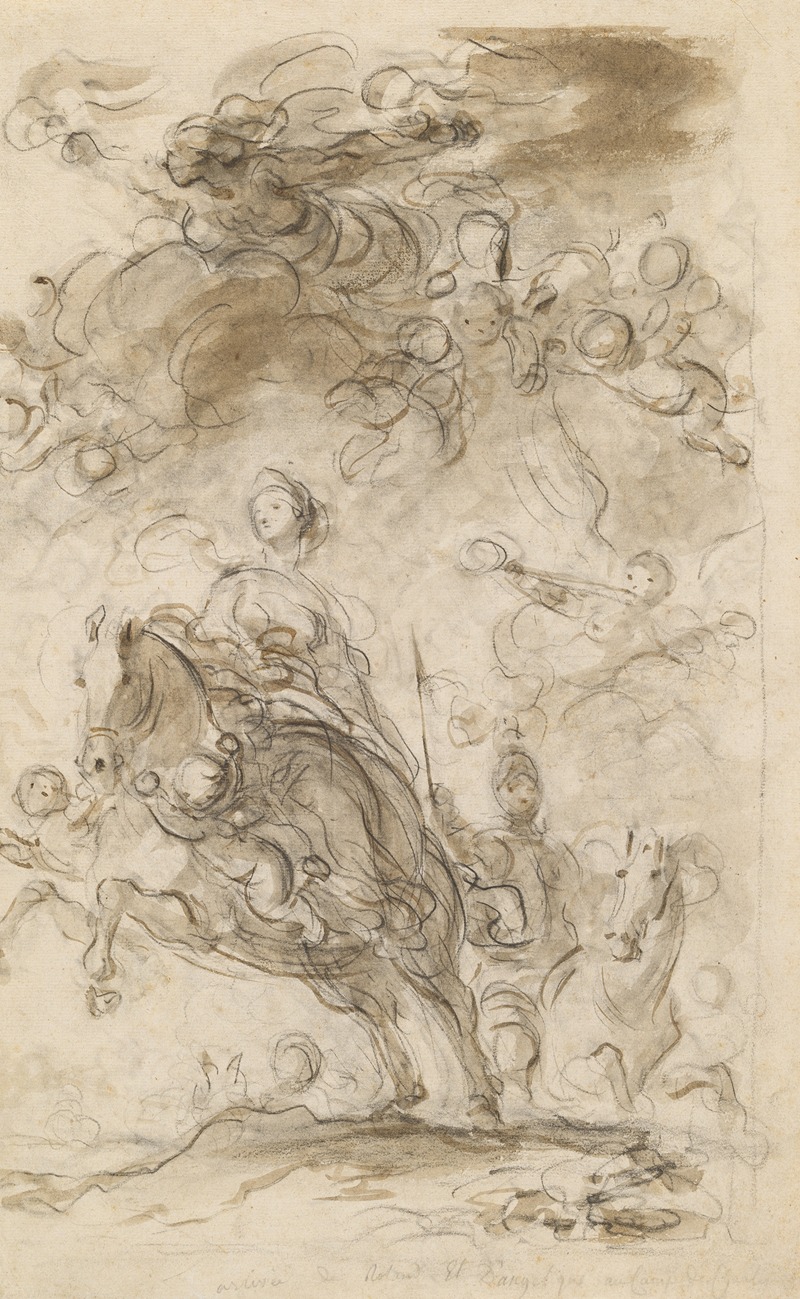
Orlando and Angelica Arrive at Charlemagne’s Camp
A hand-painted replica of Jean-Honoré Fragonard’s masterpiece Orlando and Angelica Arrive at Charlemagne’s Camp, meticulously crafted by professional artists to capture the true essence of the original. Each piece is created with museum-quality canvas and rare mineral pigments, carefully painted by experienced artists with delicate brushstrokes and rich, layered colors to perfectly recreate the texture of the original artwork. Unlike machine-printed reproductions, this hand-painted version brings the painting to life, infused with the artist’s emotions and skill in every stroke. Whether for personal collection or home decoration, it instantly elevates the artistic atmosphere of any space.
Jean-Honoré Fragonard, a prominent French Rococo painter, is renowned for his exuberant and hedonistic style, which often depicted scenes of romance and playful eroticism. Among his extensive oeuvre, the painting "Orlando and Angelica Arrive at Charlemagne’s Camp" stands out as an example of his ability to capture dynamic narratives with vivid detail and emotional depth.
This painting draws its subject from the epic poem "Orlando Furioso" by Ludovico Ariosto, a seminal work of Italian literature first published in the early 16th century. The poem is a continuation of Matteo Maria Boiardo's "Orlando Innamorato" and is set against the backdrop of the war between Charlemagne's Christian paladins and the Saracen army that invaded Europe. The narrative is rich with fantastical elements, chivalric romance, and complex character interactions.
In "Orlando and Angelica Arrive at Charlemagne’s Camp," Fragonard illustrates a pivotal moment from this epic tale. The characters of Orlando (known as Roland in French) and Angelica are central to the story. Orlando, one of Charlemagne's most valiant knights, is deeply in love with Angelica, a princess of Cathay. However, Angelica's feelings are not reciprocated, and her presence in the camp stirs a series of events that lead to conflict and chaos among the knights.
Fragonard's painting captures the tension and drama of this moment with his characteristic flair. The composition likely features the arrival of the two characters at the camp, with Fragonard's use of color and light emphasizing the emotional intensity of the scene. His brushwork, known for its fluidity and expressiveness, would bring a sense of movement and life to the figures, enhancing the narrative quality of the work.
The Rococo style, which Fragonard exemplified, is evident in the painting's decorative elements and the playful yet intricate portrayal of the characters. This style was popular in the 18th century, characterized by its ornate details, pastel colors, and themes of love and nature. Fragonard's ability to convey complex stories through his art made him a favorite among patrons of the time, who appreciated both his technical skill and his imaginative compositions.
While specific details about the painting "Orlando and Angelica Arrive at Charlemagne’s Camp" are limited, Fragonard's broader body of work provides insight into his artistic approach. His paintings often explore themes of love, desire, and the capricious nature of human relationships, all of which are central to the story of "Orlando Furioso."
Fragonard's contribution to the Rococo movement and his influence on subsequent generations of artists remain significant. His works continue to be celebrated for their beauty, emotional depth, and the masterful way in which they capture the spirit of their time. "Orlando and Angelica Arrive at Charlemagne’s Camp," like many of his paintings, reflects his ability to blend narrative and artistry, creating a timeless piece that resonates with audiences even today.





